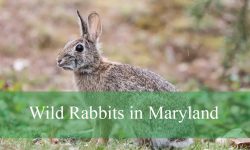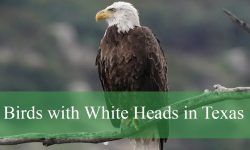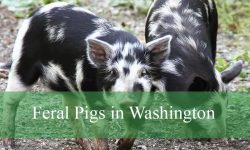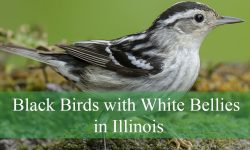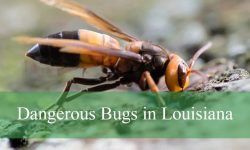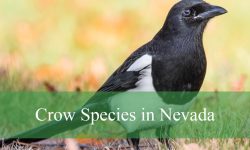Wyoming’s wild terrain shelters a remarkable variety of lizards that thrive in deserts, grasslands, and rocky canyons. These reptiles have adapted to intense sunlight, dry soil, and wide temperature shifts, displaying unique survival skills and striking appearances. Each species adds depth to the state’s diverse ecosystem, from the swift whiptail to the horned lizard’s spiny armor.
Although small and often hidden, lizards in Wyoming reveal an intricate balance between predator and prey. Their colors blend perfectly with sagebrush landscapes, while their movements capture the energy of the open plains. Observing them closely uncovers the silent rhythm of life that pulses across the state’s arid environments.
Learning about these lizards brings awareness to their ecological importance and the need for habitat protection. This detailed guide introduces twelve distinct species found across Wyoming, describing their traits, behaviors, and natural habitats in depth. Each one illustrates how resilient life can be in the demanding conditions of the American West.
Common Types of Lizards Found in Wyoming
Prairie Lizard (Sceloporus consobrinus)
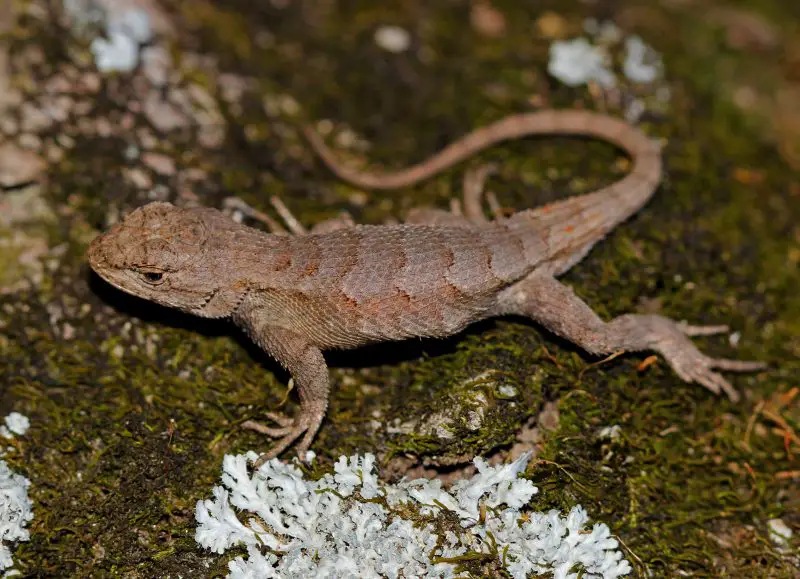
The Prairie Lizard, also known as the Southern Prairie Lizard, is a small, rough-scaled reptile with a compact body and spiny texture. Adults typically measure between 4 to 7 inches long, including their tail. Their coloration varies from grayish-brown to light tan, often featuring dark crossbands or faint stripes along the back. Males display vibrant blue patches on their throats and bellies during the breeding season, which makes them easy to distinguish from females.
These lizards prefer open grasslands, prairies, and rocky outcroppings across southern Wyoming. They are well-adapted to semi-arid environments where sunlight and ground cover are both available. Prairie Lizards are diurnal, meaning they are active during the day, especially in the warm hours when they can be seen basking on rocks or fence posts.
Their diet mainly consists of small insects, spiders, and other arthropods. They are quick and agile hunters that rely on stealth and short bursts of speed to capture prey. Prairie Lizards are also important in controlling insect populations, making them beneficial for local ecosystems.
During the colder months, these reptiles enter a period of dormancy, sheltering under rocks or burrowing into loose soil. Breeding occurs in spring, with females laying several clutches of eggs through summer. The species thrives in Wyoming’s warmer plains, particularly in areas with sandy soils and sparse vegetation.
Greater Short-Horned Lizard (Phrynosoma hernandesi)
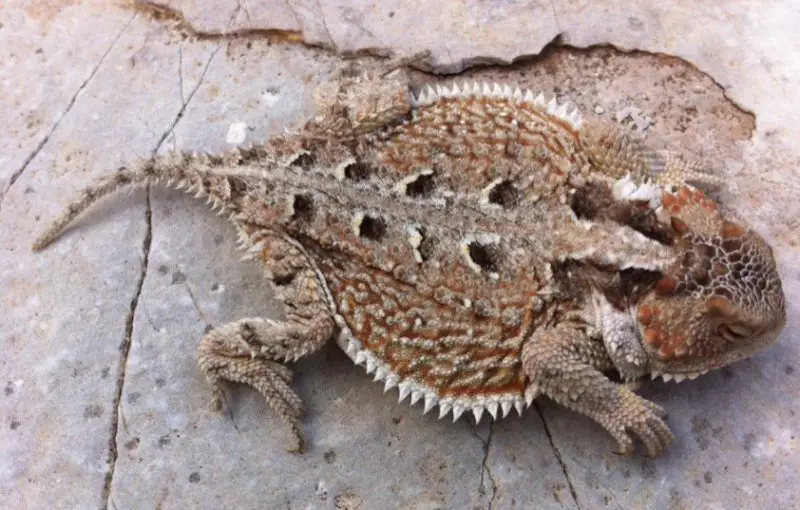
The Greater Short-Horned Lizard is one of Wyoming’s most distinctive reptiles, recognized by its broad, flattened body and crown of short, blunt horns on the head. It usually measures about 2.5 to 4 inches in body length, though its wide shape makes it appear larger. The coloration ranges from sandy brown to reddish, providing excellent camouflage against the arid landscapes it inhabits.
This species favors high desert plains, sagebrush flats, and open grasslands across central and western Wyoming. It prefers loose, sandy soil for burrowing and thrives in environments with low vegetation where it can blend easily with the surroundings. Despite its stout body, the Greater Short-Horned Lizard is capable of surprising bursts of speed when threatened.
Its diet is highly specialized, consisting primarily of ants, although it also consumes beetles and other small invertebrates. The lizard uses its sticky tongue to catch prey swiftly. When disturbed, it may flatten its body to the ground or inflate itself to appear larger. In rare cases, it can even squirt blood from its eyes as a defense mechanism against predators.
The species reproduces through live birth rather than laying eggs, which is an adaptation to Wyoming’s cooler climate and short summer season. This unique trait helps ensure the young survive in regions with unpredictable temperatures and limited nesting opportunities.
Sagebrush Lizard (Sceloporus graciosus)
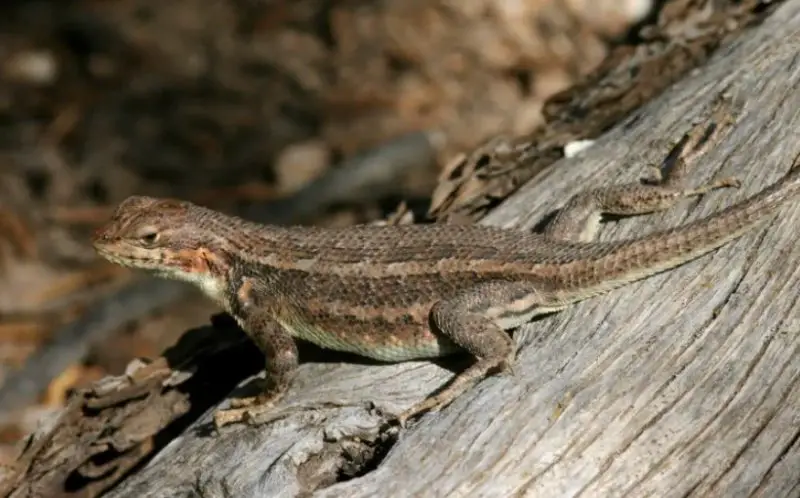
The Sagebrush Lizard is a small, agile reptile known for its slender body and rough, keeled scales. Adults typically reach lengths of 4 to 6 inches, with a long, tapering tail that aids in quick movements. Their coloration varies from grayish to light brown, often matching the sandy or rocky terrain they inhabit, and they frequently display a series of dark bars or spots along the back.
This lizard is widely distributed across Wyoming, particularly in sagebrush steppe and rocky hillsides. It thrives in dry, open environments with sparse vegetation where it can bask freely. Sagebrush Lizards are highly active during warm daylight hours, darting across open ground to capture insects or retreating quickly into cracks when alarmed.
Their diet consists of ants, beetles, grasshoppers, and other small invertebrates. These reptiles are opportunistic feeders, often waiting motionless for prey before striking with precision. Their behavior and movements are characterized by short, quick bursts followed by pauses to scan their surroundings for danger.
Sagebrush Lizards hibernate during Wyoming’s cold winter months and emerge in late spring. Breeding begins shortly after emergence, with females laying eggs in sandy soil or beneath rocks. They play an important role in maintaining balance within sagebrush ecosystems, both as insect predators and as prey for snakes and birds.
Common Side-Blotched Lizard (Uta stansburiana)
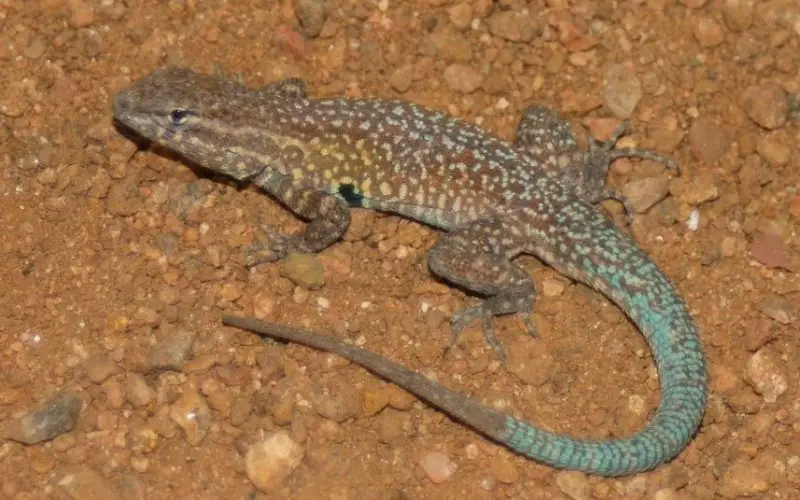
The Common Side-Blotched Lizard is a small, adaptable species easily identified by the distinct dark spot located just behind each forelimb. Adults measure between 3.5 and 5 inches in total length, including their tails. Their coloration ranges from tan to grayish-brown, with subtle patterns that blend seamlessly with desert and rocky landscapes. Males often exhibit a bluish or orange tint during the breeding season.
In Wyoming, these lizards inhabit the state’s southern and southwestern regions, thriving in dry valleys, rocky outcrops, and sandy plains. They prefer areas with scattered vegetation and abundant sun exposure, where they can regulate body temperature effectively. Their ability to tolerate diverse microhabitats contributes to their widespread success.
Side-Blotched Lizards are insectivorous, feeding primarily on ants, beetles, and small spiders. They display a combination of ambush and active hunting techniques, depending on environmental conditions. This species is also known for its fascinating mating system, where males exhibit different color morphs linked to unique reproductive strategies.
During Wyoming’s colder months, these lizards enter a period of brumation, emerging again in spring to mate and feed. Females typically lay multiple small clutches of eggs through the summer. Their resilience and adaptability allow them to persist in some of the state’s most challenging desert environments.
Eastern Fence Lizard (Sceloporus undulatus)
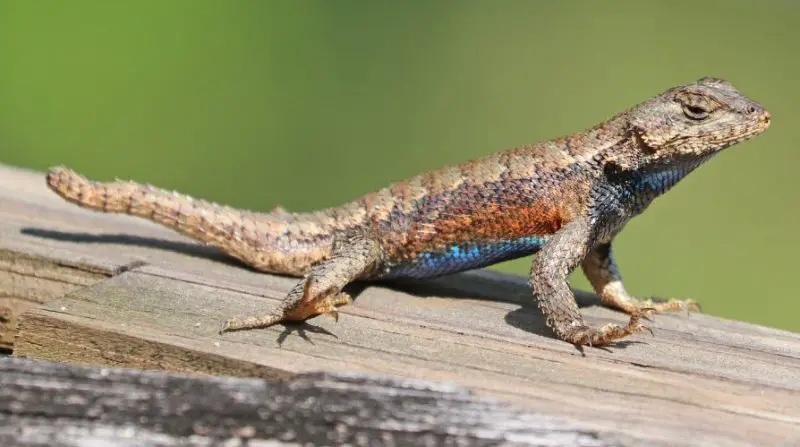
The Eastern Fence Lizard is a medium-sized, spiny reptile known for its rugged appearance and climbing ability. It typically reaches 4 to 7 inches in length, with males showing blue patches on their bellies and throats during the breeding season. The body is gray to brown with wavy crossbands, helping it blend into tree bark or rocky terrain.
Although more common in the eastern United States, the Eastern Fence Lizard occurs in parts of southeastern Wyoming, where wooded areas meet open grasslands. It prefers sunny spots near fallen logs, rock piles, and fences—hence its name. Its rough, keeled scales offer protection and assist in climbing, allowing it to escape predators easily.
Fence Lizards feed on ants, beetles, and other small insects. They rely heavily on basking to maintain body temperature, alternating between sunlit perches and shaded cover throughout the day. When threatened, they exhibit quick darting movements or climb vertical surfaces to evade capture.
Breeding occurs in spring, with females laying eggs in soft soil or under leaf litter. Hatchlings emerge by late summer, already capable of independent survival. The species’ adaptability and preference for mixed habitats make it a successful resident in Wyoming’s transitional zones between prairie and woodland.
Long-nosed Leopard Lizard (Gambelia wislizenii)
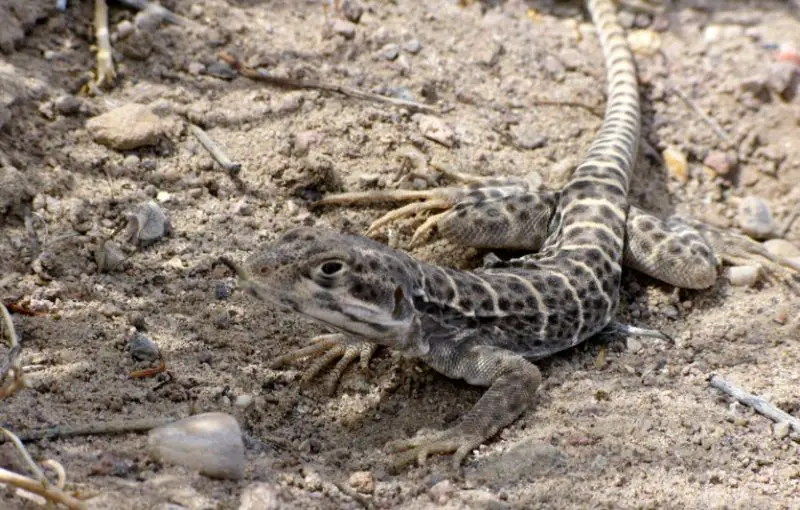
The Long-nosed Leopard Lizard is one of the largest and most striking reptiles found in Wyoming. It can grow up to 15 inches long, with a noticeably long snout and slender body. The pale coloration, often white or light gray with dark brown or black spots, gives it a leopard-like appearance. Females may develop reddish-orange spots during breeding season, adding to their visual distinctiveness.
This species inhabits open desert basins, sagebrush plains, and sandy valleys primarily in southwestern Wyoming. It prefers wide, open areas with loose soil, where it can burrow or use abandoned rodent holes for shelter. The Long-nosed Leopard Lizard is an excellent runner, capable of sprinting on its hind legs when pursuing prey or escaping threats.
Unlike many smaller lizards, this species is both insectivorous and carnivorous, feeding on large insects, other lizards, and even small rodents. It uses its strong jaws and quick reflexes to capture prey. Its hunting style involves stalking and lunging rather than ambush, making it an active and dominant predator in its habitat.
During colder months, it retreats underground to hibernate. Mating occurs in late spring, with females laying clutches of eggs in sandy soil. Its reliance on open terrain and warm climates makes it particularly sensitive to environmental changes, but it remains a fascinating emblem of Wyoming’s arid ecosystems.
Western Whiptail (Aspidoscelis tigris)
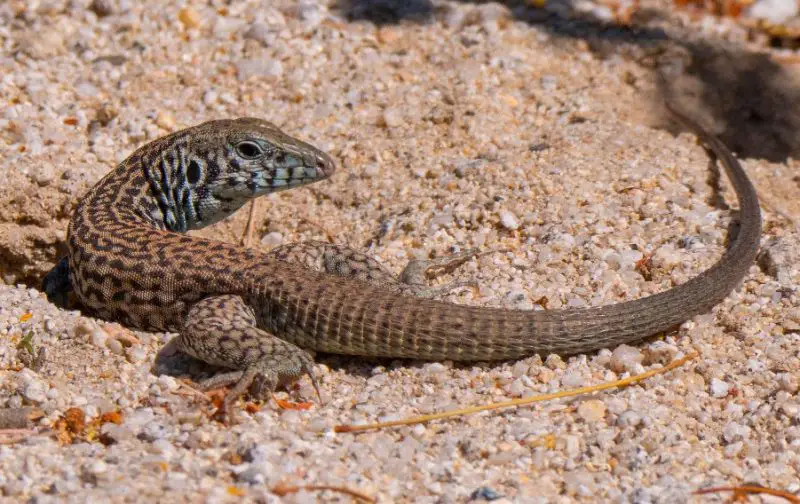
The Western Whiptail is a slender and fast-moving lizard known for its elongated tail, which can make up nearly two-thirds of its total length. Adults typically range from 8 to 12 inches long, with sleek bodies covered in fine, granular scales. Their coloration varies from grayish-brown to tan, often marked with faint light stripes or spots along the back. The long, whip-like tail gives this species both its name and its speed advantage.
In Wyoming, the Western Whiptail is primarily found in the southern and southwestern regions where arid basins and sandy plains dominate the landscape. It thrives in dry, open areas with scattered shrubs and loose soil suitable for burrowing. These lizards are diurnal and extremely active, darting across open ground during the hottest parts of the day to hunt for prey.
Their diet mainly consists of insects such as grasshoppers, beetles, and ants, but they may also consume spiders and other small invertebrates. Western Whiptails are known for their relentless foraging behavior, constantly moving and flicking their tongues to detect chemical cues. Their exceptional speed makes them difficult for predators to capture, and they often rely on quick bursts of motion to escape danger.
Breeding occurs in spring and early summer, with females laying several clutches of eggs in sandy soil. The species is well adapted to Wyoming’s dry environment, using burrows and crevices to regulate body temperature and avoid extreme heat. Its energetic nature and adaptability make it one of the most fascinating lizards in the state’s desert ecosystems.
Plateau Striped Whiptail (Aspidoscelis velox)
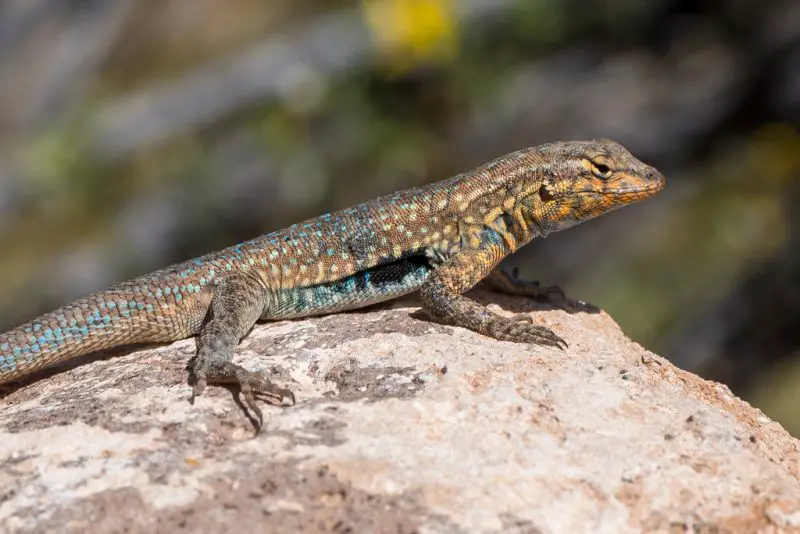
The Plateau Striped Whiptail is a sleek, medium-sized lizard known for its six or more pale stripes running the length of its body. It typically grows between 6 and 10 inches long, including a thin, elongated tail. The body coloration ranges from olive-brown to grayish, with contrasting light lines and small dark spots along the sides. Unlike many other lizards, this species is all-female and reproduces through parthenogenesis, meaning it produces genetically identical offspring without males.
In Wyoming, the Plateau Striped Whiptail is mostly restricted to the southwestern regions, especially in rocky desert habitats and sagebrush flats. It prefers dry, open terrain with loose soil for digging and plenty of sun for basking. These lizards are often seen scurrying rapidly between shrubs or rocks in search of food during the warm daylight hours.
Their diet consists of insects, spiders, and small arthropods. They actively forage on the ground, using keen vision and speed to chase down prey. The Plateau Striped Whiptail’s constant motion and swift reflexes make it one of the most energetic reptiles in its range. Its lean body and long tail allow it to maneuver skillfully across uneven desert terrain.
Because of Wyoming’s colder winters, these lizards enter a dormant phase underground during the coldest months. When temperatures rise in late spring, they emerge to feed and reproduce. Their ability to thrive without males and adapt to harsh desert conditions highlights their remarkable evolutionary success in the arid regions of the state.
Six-lined Racerunner (Aspidoscelis sexlineatus)
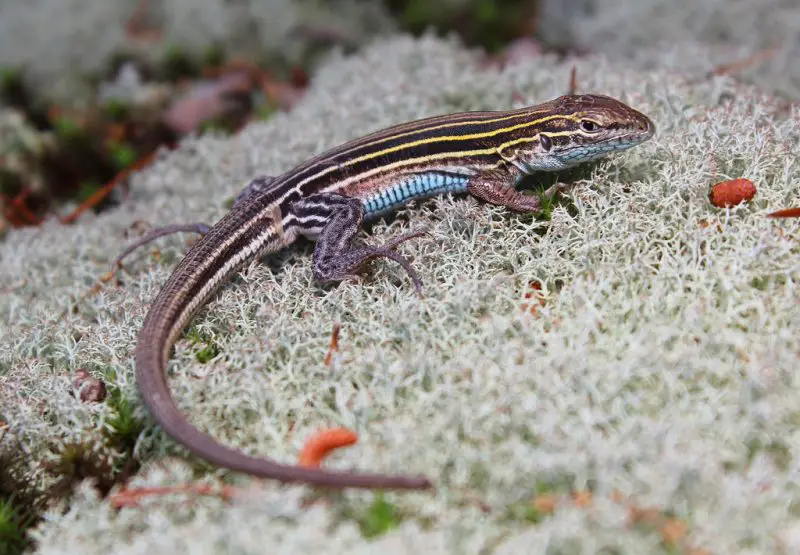
The Six-lined Racerunner is one of Wyoming’s most agile and recognizable lizards. Its name comes from the six distinct light stripes running down its dark green or brown back. Adults typically range from 6 to 10 inches long, with a long tail that enhances speed and balance. The belly is usually light-colored, and males may show a bluish tint during the breeding season.
In Wyoming, the Six-lined Racerunner inhabits the southeastern parts of the state, particularly in sandy prairies, open grasslands, and areas with sparse vegetation. It thrives in warm, dry habitats where it can bask in the sun and quickly retreat to burrows or vegetation for shelter. As one of the fastest lizards in North America, it can sprint up to 18 miles per hour when escaping predators.
This lizard feeds primarily on insects such as crickets, grasshoppers, beetles, and caterpillars. It hunts visually, often darting across open ground and stopping abruptly to seize prey. Its quick movements and keen eyesight make it an efficient daytime predator. Despite its small size, the Racerunner is a key component of Wyoming’s grassland ecosystems.
Breeding occurs in late spring and early summer, with females laying eggs in loose, sandy soil. Hatchlings appear in mid to late summer, already capable of rapid movement. During cold months, the Six-lined Racerunner hibernates underground. Its speed, agility, and adaptability make it a standout species in Wyoming’s reptile community.
Desert Horned Lizard (Phrynosoma platyrhinos)
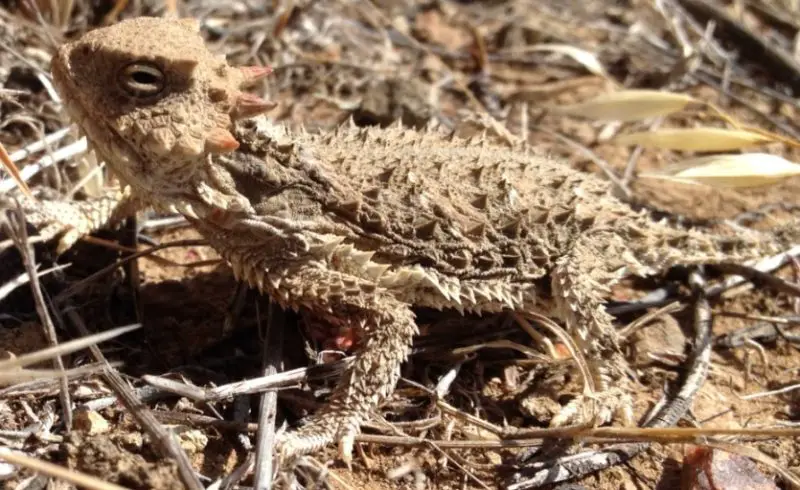
The Desert Horned Lizard is a distinctive species easily identified by its flattened, round body and crown of short, sharp horns on its head. Adults average 3 to 5 inches in length and have a sandy or gray coloration with darker blotches that help them blend seamlessly into their desert surroundings. Their body shape and cryptic coloring make them almost invisible when motionless on bare soil.
This lizard inhabits southwestern Wyoming’s arid valleys and sagebrush deserts, preferring areas with loose, sandy soil where it can burrow and camouflage effectively. It spends much of its time basking or partially buried in the sand, waiting for ants—their primary food source—to pass by. Their specialized diet makes them crucial in controlling ant populations.
When threatened, the Desert Horned Lizard can flatten itself to avoid detection or inflate its body to appear larger. In extreme situations, it can squirt blood from the corners of its eyes to deter predators, particularly canids. This remarkable defense mechanism, combined with its camouflage, makes it one of the most well-protected reptiles in Wyoming.
The species reproduces by laying eggs, with nesting occurring in early summer. Young hatch in late summer and resemble miniature adults. Because of their dependence on dry, open habitats, Desert Horned Lizards are particularly sensitive to habitat disturbance, making conservation of Wyoming’s sagebrush ecosystems vital for their survival.
Greater Earless Lizard (Cophosaurus texanus)
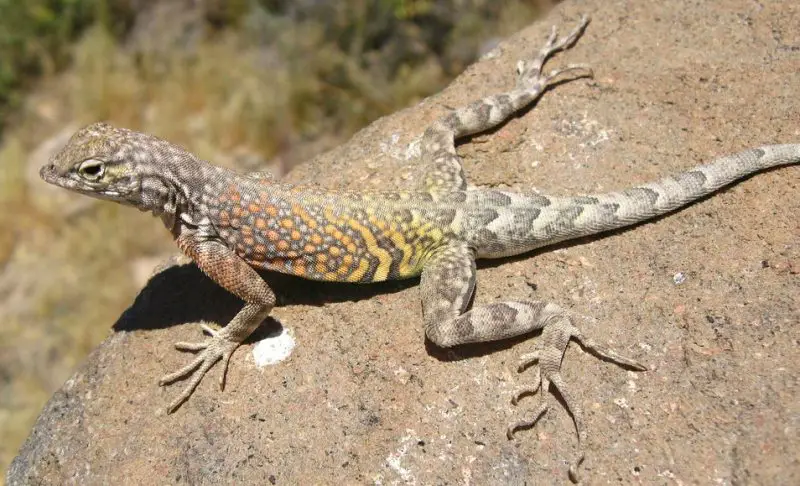
The Greater Earless Lizard is a small, agile reptile known for the absence of external ear openings—a trait that gives it its name. Adults typically measure between 4 and 6 inches long, including a slender tail. Its coloration varies from grayish-tan to light brown, often patterned with darker crossbands and small speckles. Males exhibit bright blue or green patches on the sides and belly during breeding season.
In Wyoming, this species is extremely rare and confined to the far southern regions, where desert-like conditions prevail. It inhabits rocky slopes, open grasslands, and sandy washes with sparse vegetation. These lizards are highly active during warm daylight hours, relying on both speed and agility to evade predators.
Their diet consists primarily of small insects such as ants, beetles, and grasshoppers. They are visual hunters, darting quickly between rocks and vegetation to capture prey. The Greater Earless Lizard’s constant movement and tail-waving behavior help confuse predators and communicate with other lizards in its territory.
Breeding takes place in late spring, with females laying eggs in loose, sandy soil. Because of their limited distribution in Wyoming, sightings are uncommon. However, they play an important ecological role in maintaining balance within southern Wyoming’s dry ecosystems, showcasing the unique biodiversity found at the state’s ecological margins.
Plateau Fence Lizard (Sceloporus tristichus)
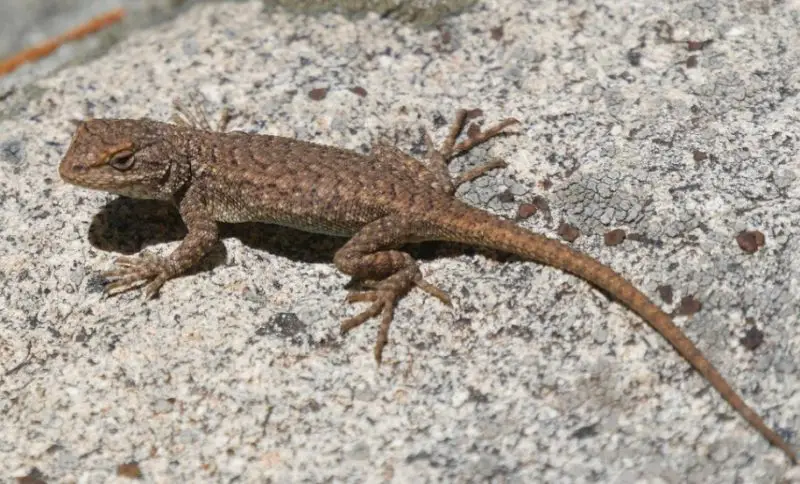
The Plateau Fence Lizard closely resembles its relative, the Eastern Fence Lizard, but is native to the arid regions of the southwestern United States, including parts of Wyoming. Adults range between 4 and 7 inches long, with rough, spiny scales and grayish-brown coloration marked by dark crossbands. Males have striking blue patches on their bellies and throats, especially vivid during the breeding season.
In Wyoming, the Plateau Fence Lizard inhabits rocky canyons, cliffs, and sagebrush foothills in the southwest. It favors areas with abundant sun exposure and scattered vegetation, often perching on rocks, fences, or logs to bask. Its spiny scales provide protection, while its coloration allows it to blend into the rocky landscape.
This species feeds on insects, spiders, and other small arthropods, playing a key role in insect population control. It is an ambush predator, remaining still for long periods before lunging at unsuspecting prey. The Plateau Fence Lizard is also known for its territorial behavior, with males engaging in head-bobbing and push-up displays to assert dominance.
Breeding occurs in spring, and females lay eggs in shallow burrows or under rocks. Hatchlings appear in late summer, fully independent. The species is well adapted to Wyoming’s dry, rugged environments, showcasing resilience and versatility among the reptiles of the state’s southwestern high desert regions.
Tips for Observing Lizards in Wyoming
Learn Their Preferred Habitats
Each lizard species in Wyoming favors distinct environments, from sagebrush flats to rocky canyons. For example, the Sagebrush Lizard and Desert Horned Lizard thrive in dry, open areas with sandy soil, while the Plateau Fence Lizard prefers rocky slopes and outcrops. When exploring these habitats, move slowly and quietly, as lizards are extremely sensitive to vibration and movement. Early morning and late afternoon are the best times to spot them basking on rocks or logs.
Be Patient and Use Binoculars
Lizards in Wyoming rely heavily on camouflage, blending perfectly with their environment. To observe them without causing stress or disturbance, use binoculars or a camera with a zoom lens instead of approaching too closely. Avoid sudden movements and try to remain still once you’ve located one. Observing from a respectful distance helps prevent the lizard from fleeing and allows you to witness its natural behavior, such as hunting or basking.
Protect Their Habitat
Wyoming’s arid ecosystems are fragile, and many lizard species depend on intact sagebrush and grassland habitats. When hiking or photographing, stay on established trails to avoid crushing vegetation or disturbing burrows. Avoid capturing or handling wild lizards, as this can cause unnecessary stress or injury. Conserving their natural habitat ensures these remarkable reptiles continue to thrive in Wyoming’s deserts and prairies for generations to come.
FAQs About Lizards in Wyoming
How many lizard species live in Wyoming?
Wyoming is home to about twelve recognized species of lizards. These include well-known species like the Prairie Lizard, Sagebrush Lizard, Western Whiptail, and Greater Short-Horned Lizard. Most of these reptiles inhabit the southern and southwestern parts of the state, where warmer, drier conditions prevail.
When is the best time of year to see lizards in Wyoming?
The best time to see lizards in Wyoming is between late spring and early fall, especially from May through September. During this period, temperatures are warm enough for lizards to remain active above ground. They spend much of the day basking or hunting for insects, making them easier to spot during daylight hours.
Do Wyoming lizards hibernate in winter?
Yes. Because Wyoming experiences cold winters, most lizard species enter brumation—a reptile form of hibernation—once temperatures drop in late fall. They retreat into burrows, under rocks, or deep into soil where they remain inactive until spring, conserving energy until conditions improve.
Are any lizards in Wyoming venomous or dangerous?
No lizard species in Wyoming are venomous or pose a threat to humans. All of them are harmless and prefer to avoid confrontation. Even species with defensive behaviors, such as the Desert Horned Lizard, use bluffing or camouflage rather than aggression. Their main defense is speed, stealth, and concealment.
Where can I commonly find lizards in Wyoming?
Lizards are most commonly found in southern and southwestern Wyoming, where the climate is warmer and drier. Areas with sagebrush, sandy soil, and rocky outcrops are especially favorable. Regions near the Red Desert, Green River Basin, and foothills of the Wind River Range provide excellent habitats for many species.
What do lizards in Wyoming eat?
Most Wyoming lizards are insectivorous, feeding on ants, beetles, spiders, and grasshoppers. Larger species, such as the Long-nosed Leopard Lizard, may also prey on smaller lizards or even small rodents. They play a vital ecological role by keeping insect populations in check across Wyoming’s dry landscapes.
Can I keep wild lizards from Wyoming as pets?
It’s not recommended to capture wild lizards for pets. Many species are protected under state wildlife regulations, and removing them from the wild disrupts local ecosystems. If you’re interested in observing or photographing them, it’s best to enjoy them in their natural habitat and contribute to conservation awareness instead.
Why are lizards important to Wyoming’s ecosystem?
Lizards help maintain ecological balance by controlling insect populations and serving as prey for birds, snakes, and small mammals. Their presence indicates a healthy ecosystem. Protecting their habitats not only benefits lizards but also preserves the overall biodiversity of Wyoming’s grasslands and desert regions.

